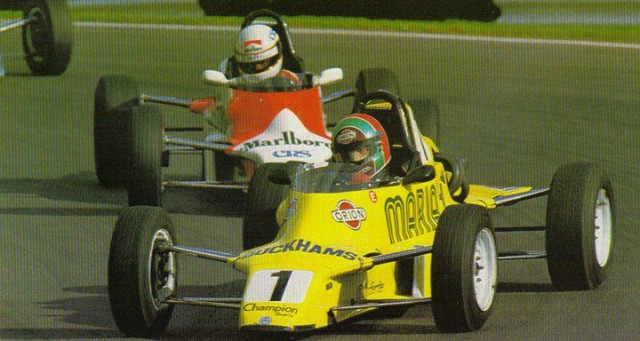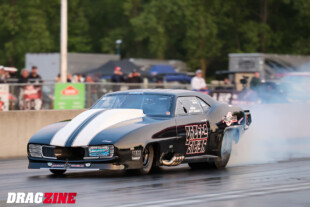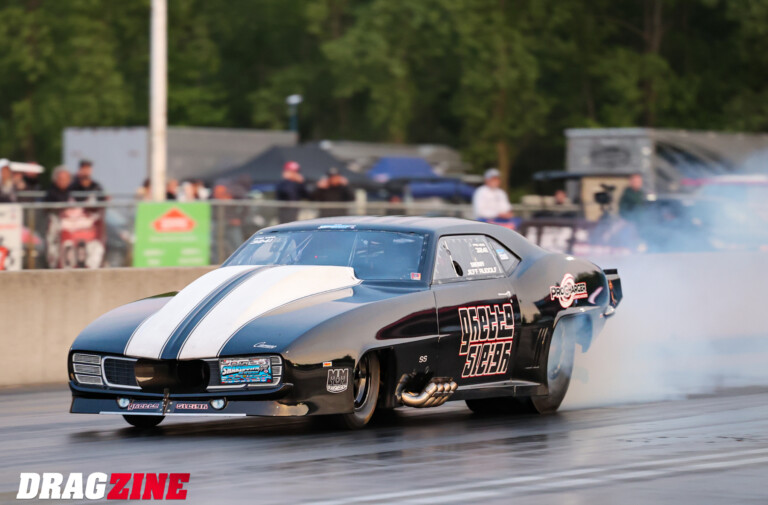There are a number of routes any young, aspiring driver can take to try and form a career, but often, many are under the impression that there’s an ideal route. In reality, there’s no such thing. Most of the time, people have to try and find whatever seat presents itself to them, since money-no-object racing is out of the question for many a driver.
However, it seems drivers these days will get their start racing open wheeled machines. What the open wheeled machine can offer, as we delved into in our karting feature not long ago, is an intensity and response that’s hard to find elsewhere in the racing world. The dartiness and nervousness inherent in most lightweight open wheelers, also known as single seaters across the pond, hone a driver’s reactions and force smooth, meticulous inputs from the driver.
They also guarantee to teach the idea of momentum and how to conserve it. While this can be learned in just about any category of racing, the open-wheel cars at the lower rungs of the ladder boast huge grip and little power and make any loss of momentum immediately noticeable. Additionally, the lack of fenders forces drivers to compete cleanly without any bumping or nudging, since the fragile framework does not allow for horseplay. Because of these two aspects, learning just how to position a car in relation to a competitor’s becomes apparent in a short period of time.

Low-power, responsive cars like this Formula Ford 1600 give any driver the fundamentals they need to be successful, and force them to compete cleanly.
These skills help any driver on their way, but eventually, reality will come knocking harshly, and if their father isn’t a business magnate or a real estate mogul, they will have to choose whatever options are available, if they’re so lucky. Quite often, GT cars, also known as tin tops, offer the promising young driver a paying career that tends to last a bit longer than the typical open wheel career. GT categories are numerous and since many of them involve two or more drivers sharing a car, there are more seats available.
Open wheel cars are lighter and require an exceptionally delicate touch to get the most from them, and not to imply that closed wheel cars don’t, but their responses are generally a bit slower than those of an open wheeler. Sometimes different techniques, like curb hopping, actually help rotate a bigger, softer machine — just take a look at V8 Supercars and the shenanigans they get up to.
Whatever the route taken, finding a foothold in the racing world takes talent, guts, business acumen, marketability, and money. Especially money. It’s a shame that there are only so many seats available for those frothing at the mouth for a racing career, but that’s reality. If luck smiles upon a young driver, they’ll have to understand the commercial realities of motorsport and try to coalesce those as best with their own personal ambitions, which is no small task, since whichever route they take, they’ll have to love the machinery to really excel.






















